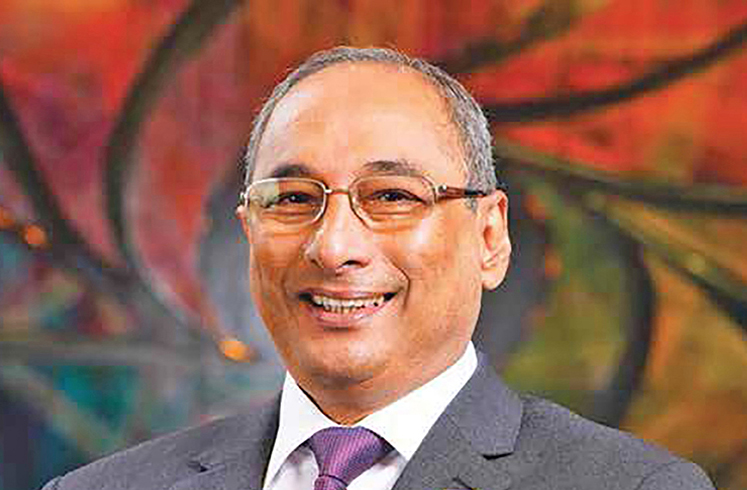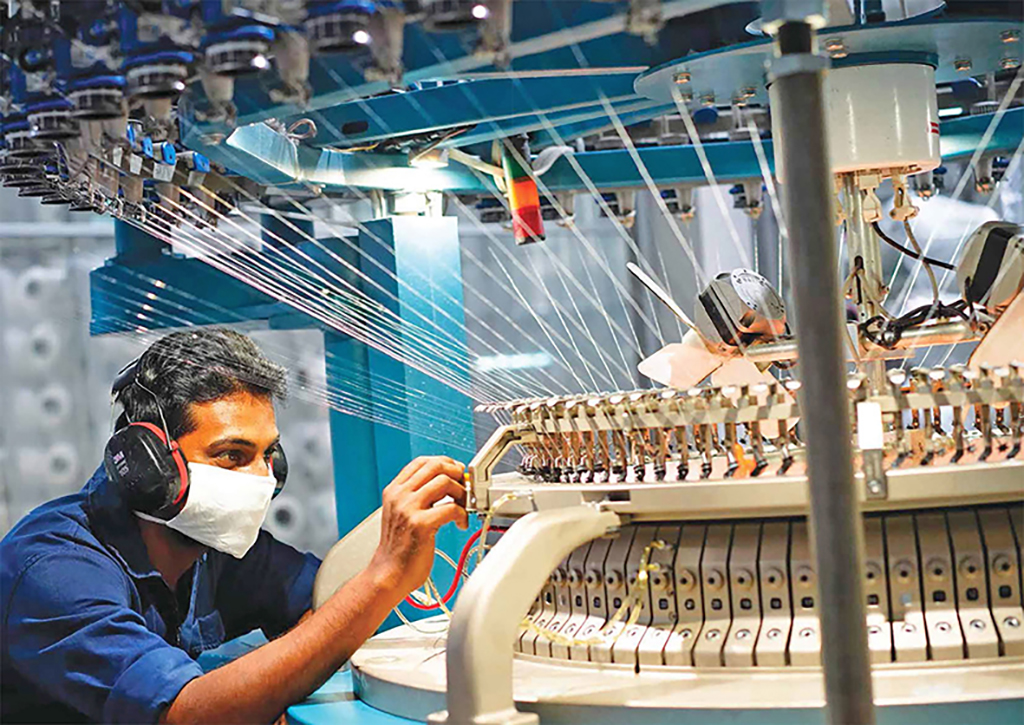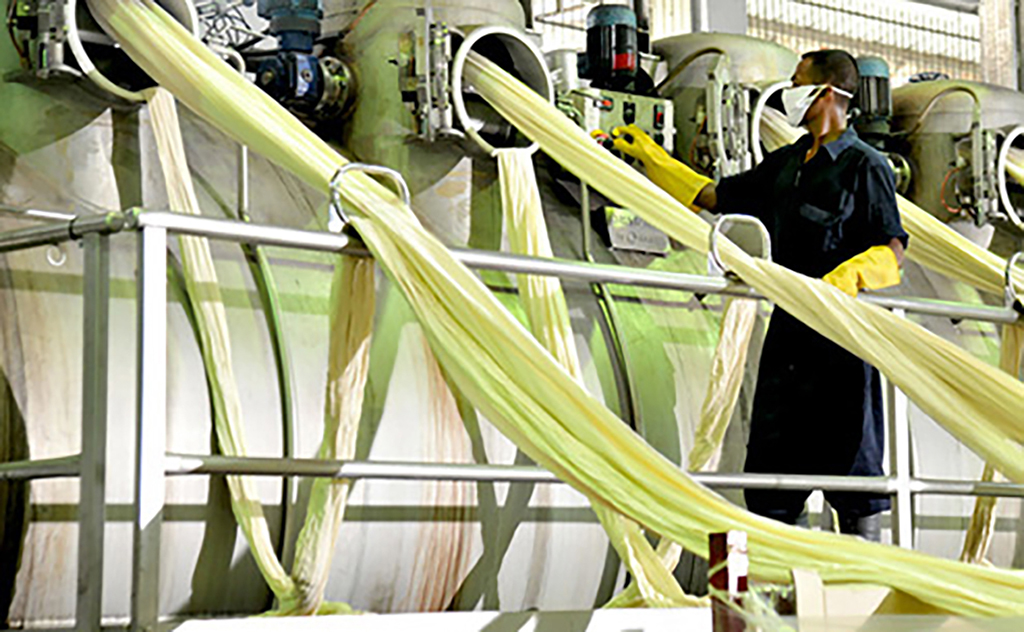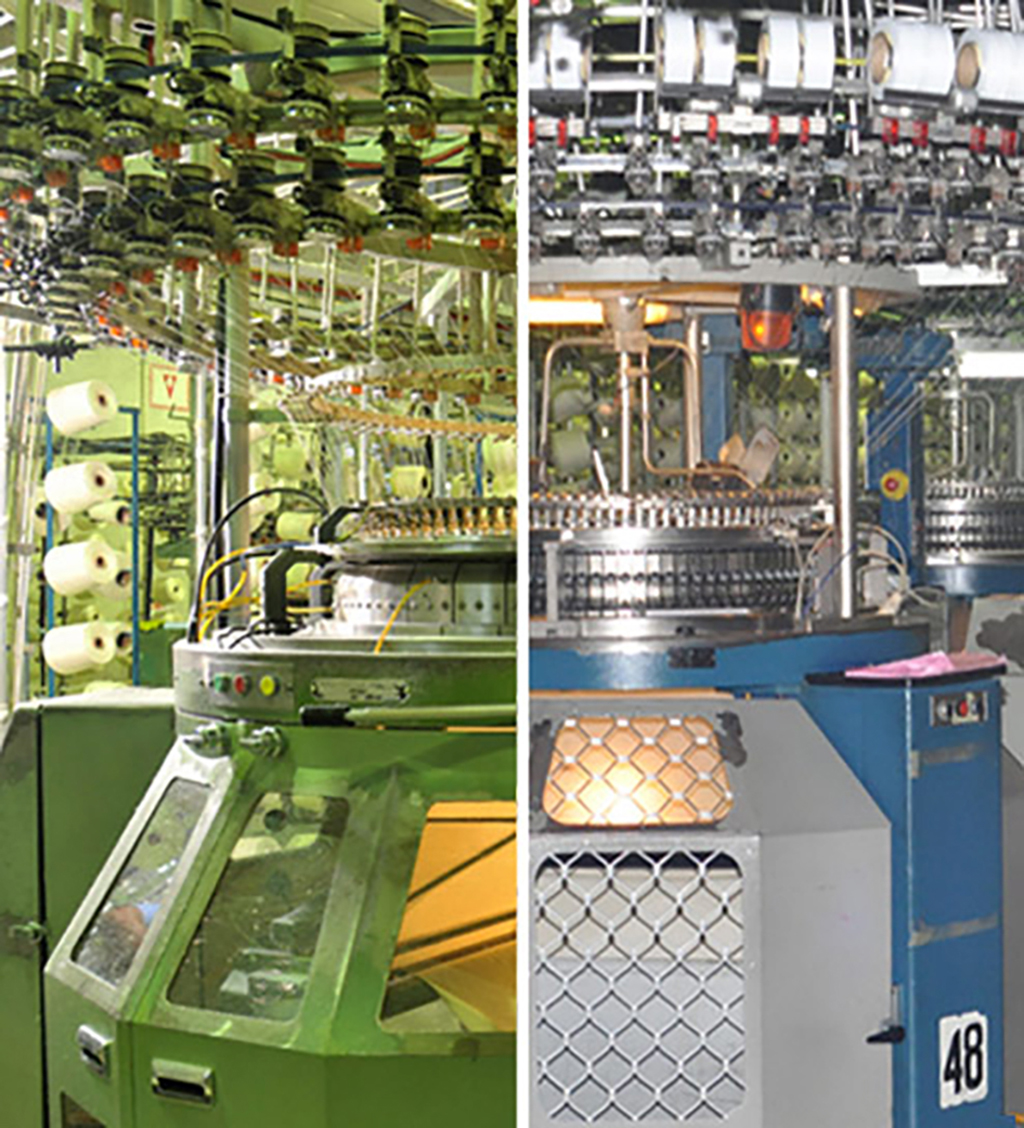By Rohan Goonetilleke, Managing Director & CEO, Hayleys Fabric PLC

“All truth passes through three stages. First, it is ridiculed. Second, it is violently opposed. Third, it is accepted as being self-evident.” – Arthur Schopenhauer
In the last decade, the global fashion, apparel, and textile industry has been dominated by ‘speed to market’ and ‘fast fashion’. As a result, the twin impacts of improved ‘just-in-time’ production capabilities and e-commerce fashion retail resulted in the entire fashion supply chain being incentivised to pump out more innovative fabric and functional designs at a faster pace than ever before, simply to stay ‘on trend’.
The lack of transparency in manufacturing, sourcing, working conditions, and environmental protection standards all stand in stark contrast to the slow and steady rise of ESG-focused sustainable fashion brands.
Concerns around ESG standards are part of a much broader debate, given that fashion and apparel accounts for up to 10% of global carbon dioxide output – more than international flights and shipping combined – according to the United Nations Environment Programme.
We believe that the practices adopted by Sri Lankan apparel and textile firms represent an invaluable opportunity for our nation to take global leadership and address one of the most significant challenges of our times.

Rising consumer demand
The global ethical fashion market grew from $ 6.9 billion to $ 7.6 billion from 2021 to 2022 at a Compound Annual Growth Rate (CAGR) of 9.1%, and is projected to further expand to just over $ 10 billion by 2026 [1].
By contrast, Sri Lankan apparel exports as at August 2022 stood at $ 4 billion. While the fast fashion industry continues to dwarf a relatively niche market of ethically conscious consumers, the path ahead for Sri Lanka is clear.
We cannot, and should not, attempt to compete with the low-value, high-volume, and environmentally-costly fast fashion model. We must delve deeper into sustainable and circular models that are already emerging across our domestic firms.
Instead of linking our production to a large volume of low-cost orders, Hayleys Fabric instead focused on deepening our relationship with a select group of buyers that place a strong emphasis on ESG compliance like the first tier sports and lingerie brands of the world.
We view these high standards as an opportunity to further elevate the quality and sustainability of our products and value chain. The Hayleys Fabric purpose, which we developed and unveiled earlier in 2022, flows from this type of thinking, namely “to strengthen the fabric of society by knitting together a better environment for all stakeholders”.
Contrary to what ESG critics are claiming, this is not just a ‘feel-good’ ‘greenwashing’ approach, nor is it disconnected from commercial realities. Rather, ESG is a foundational strategy to boost our sector’s resilience while catering to growing consumer demand for brands that don’t just talk about sustainability, but actually live and breathe it through their actions.
The true value of authentic ESG: Efficient circularity
Companies that already possess a strong sustainability ethos are leveraging ESG to enable new paradigms in lean, environmentally-friendly, socially-conscious heavy manufacturing – all while maintaining the same or enhanced productivity and product quality.
One of the greatest challenges that Sri Lanka’s industrial sector faces today is the scarcity of energy. Fortunately, the impact on our production capacity was significantly mitigated owing to the fact that in years prior, we invested in one of Sri Lanka’s single largest rooftop solar projects.
Today, we are able to generate 70% of our energy requirements from solar and biomass for Hayleys Fabric at our Horana facility, while our subsidiary, South Asia Textiles, is utilising 80% with significant additional solar capacity lined up over the short-medium term.

Similarly, we have phased out machinery with high energy consumption, leading to steady improvements in energy efficiency across our manufacturing operations. Through the combined impact of these initiatives we aim to source our entire energy requirement by 2025 from solar and biomass with stand-by LPG. We plan to totally eliminate the use of furnace oil by this date.
Water is another significant and essential input, which is why over the years, Hayleys Fabric invested in extensive state-of-the-art infrastructure to recycle as much as 18% of our total water consumption, while the remainder goes through extremely strict purification protocols before being released back into nature.
Sludge is incinerated in specific purpose-built facilities, while some Sri Lankan companies are also driving further innovation on safe disposal in the form of inert ‘eco bricks’ produced from these waste materials.
Product innovation is another critical pathway to ESG leadership. The Hayleys Fabric INNO brand includes our internationally-awarded, eco-friendly, organic fabric dyes produced from waste mahogany shavings from furniture producers.
In addition to utilising recycled PET gathered from ocean plastics to create versatile and highly durable textiles, our innovation team was also able to develop an app to enable end-to-end traceability for these fabrics, mostly supplied locally to Sri Lanka’s largest apparel manufacturers. This enables QR code tagging, which customers can scan to learn how many discarded PET bottles were used and which part of Sri Lanka they were collected from.

In addition to these production-focused mitigation strategies, we have established the Hayleys Fabric Diyathuru Uyana Wetlands Park Regeneration project spanning nine acres of land alongside our own manufacturing site, to offset GHG emissions and enhance biodiversity.
An additional 10 acres of land at our Horana facility for organic paddy and five acres at our South Asia Textiles facility has been allocated for pineapple and papaya and a host of fruit tree cultivation. The harvests are shared among our employees which, in addition to quarterly dry ration packs, help cushion the impact of unprecedented food inflation in Sri Lanka.
ESG as a foundation for systemic change
To go the last mile, our efforts and impact also need to be credible. This is where the governance standards established through the overarching framework of the Hayleys Lifecode as well as certifications via independent third parties play an essential role.
For Hayleys Fabric, this includes signing on to the Science-Based Targets Initiative (SBTi) and the securing of ISO 50001 energy certification amongst many typically reserved for apparel producers, one which is considered much more difficult for textile manufacturers who typically come with a much higher environmental footprint. These advanced compliance standards help lay the foundation for our sustainability innovations to be upscaled globally.
We strongly believe that compliance is stepping beyond maintaining a set of standards or criteria just required to satisfy customers and involves taking industry-level leadership in collaboration with key textile industry value chain players. Our recent live forum event experience Chemileys, a metaverse-type virtual environment, helped bridge chemical safety and compliance requirements and enlighten chemical suppliers, garment manufacturers, apparel brands, graduates, and other interested parties on the compliance standards and best practices of the textile industry.

We anticipate that this collaboration with over 500 participants from the US, European countries, Australia, and across Asia would help move the industry forward together in accomplishing our objective of zero discharge of hazardous chemicals.
The expertise we build through these initiatives could potentially be the key to Sri Lanka leading the entire global fashion apparel supply chain into a more circular, sustainable future – one that is powered by clean, renewable energy and which does not allow for disposal of dangerous chemicals into natural ecosystems.
Powered by ESG, the Sri Lankan textile and apparel industry can serve as a sandbox for new ideas, new thinking, and innovations that hold the key to a more sustainable future for fashion globally.